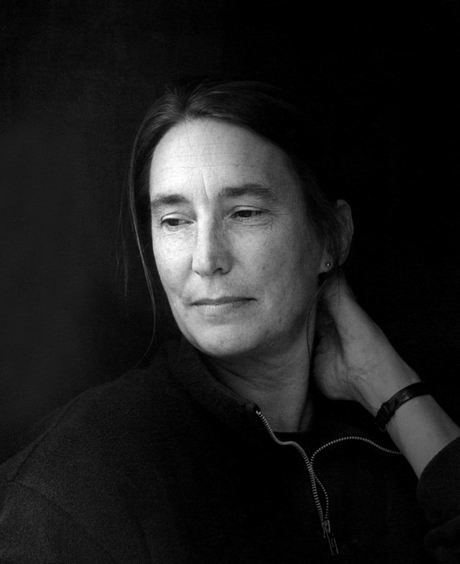
Jenny Holzer
Jenny Holzer, an American neo-conceptual artist, is associated with the feminist wing of the artistic movement that surfaced in the vicinity of 1980. During this period, she played a key role as a member of Colab and notably contributed to the renowned The Times Square Show.
Biography of Jenny Holzer
Jenny Holzer, born in 1950 in Gallipolis, Ohio, embarked on her artistic journey with general art courses at Duke University in Durham, North Carolina (1968–1970). Subsequently, she delved into painting, printmaking, and drawing at the University of Chicago, ultimately completing her BFA at Ohio University in Athens, Ohio (1972).
In 1974, Holzer furthered her artistic education through summer courses at the Rhode Island School of Design, eventually enrolling in an MFA program in 1975. Her relocation to Manhattan in 1976 marked the beginning of her engagement with language, installation art, and public art, as she joined the Whitney Museum's independent study program.
A pivotal moment in Holzer's career came in 1989 when she became the second female artist selected to represent the United States at the Venice Biennale in Italy. At the 44th Biennale in 1990, her impactful LED signboards and marble benches occupied a solemn and austere exhibition space within the American Pavilion. Notably, her installation "Mother and Child" earned her the prestigious Leone D'Oro for the best pavilion.
Art Style: Jenny Holzer's Multifaceted Expression
Jenny Holzer's artistic focus frequently centers on themes of feminism, sexism, violence, oppression, sexuality, power, war, and death. Her creative expression often leverages the rhetoric of modern information systems, providing a profound commentary on the politics of discourse. Holzer's artistic repertoire includes street posters, painted signs, stone benches, paintings, photographs, sound, video, and projections.
Diverse Artistic Delivery: Holzer's delivery of words and ideas extends to various public spaces through a range of mediums, including large-scale installations, advertising billboards, projections on buildings and structures, and illuminated electronic displays (with LED signs as her predominant medium).
Stylistic Choices: in her work, Holzer consistently employs capital letters, and she frequently italicizes words or phrases to emphasize her messages.
Truisms (1977–79)
Among her most well-known works, the Truisms (1977–79) originated as anonymous broadsheets printed in black italic script on white paper. These concise one-liners, distilled from her reading list at the Whitney Independent Study Program, were prominently displayed on buildings, walls, and fences throughout Manhattan. Holzer extended their reach by printing them on posters, T-shirts, and stickers, and even carving them into stone benches. In 1980, her mail art and street leaflets were featured in the exhibition "Social Strategies by Women Artists" at London's Institute of Contemporary Arts.
Living Series (1981)
Holzer initiated her Living series in 1981, focusing on the necessities of daily life, including eating, breathing, sleeping, and relationships. The artworks, printed on aluminum and bronze plaques, featured short messages accompanied by paintings from Peter Nadin. Nadin's portraits underscored the emptiness of life and communication in the digital age.
Survival Series (1983-85)
The texts in Holzer's subsequent Survival series (1983-85) delve into the profound experiences of living in contemporary society, addressing great pain, delight, and the absurdity of existence.
Years:
Born in 1950
Country:
United States of America, New York